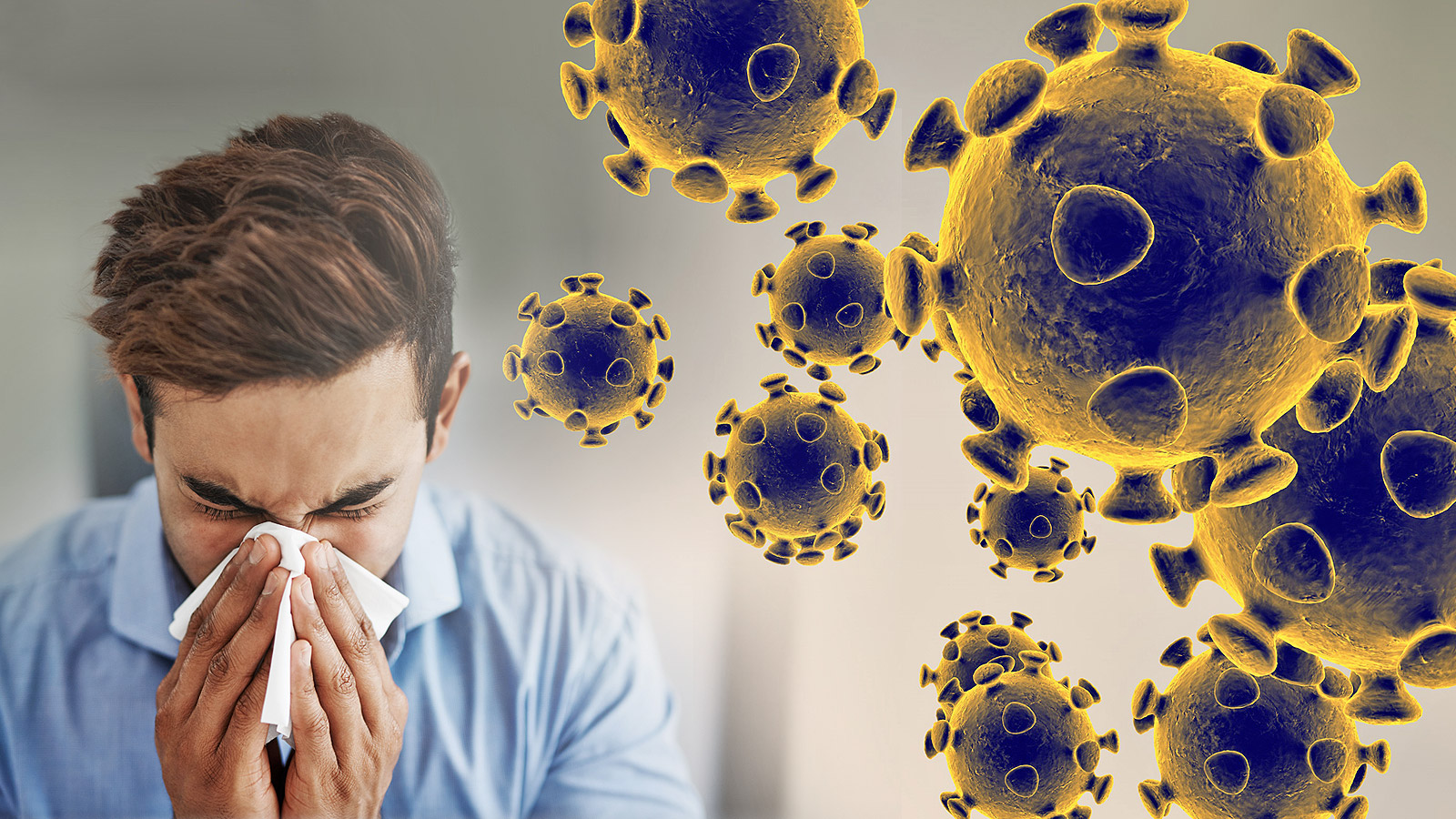A Healthier Tomorrow – Corona Virus Disease 2019

A Healthier Tomorrow – Corona Virus Disease 2019
Imagine a Healthier Tomorrow
By Alison Page, CEO Western Wisconsin Health
Coronavirus is one of a number of viruses that cause diseases in mammals and birds. There are many types of coronavirus. In case you were wondering, the name “coronavirus” has nothing to do with the popular beer from Mexico. It is in fact derived from the Latin corona, meaning crown or halo, which refers to the characteristic appearance of the virus particles (virions): they have a fringe reminiscent of a crown or of a solar corona.
In humans, the coronaviruses cause respiratory infections, including the common cold, which are typically mild, though rarer forms of coronavirus such as SARS, MERS and now Corona Virus 2019 (COVID-19) can be lethal.
Remember SARS (Severe acute respiratory syndrome)? Between November 2002 and July 2003, an outbreak of SARS in southern China caused an eventual 8,098 cases, resulting in 774 deaths reported in 17 countries (9.6% fatality rate), with the majority of cases in mainland China and Hong Kong.
You may also remember MERS (Middle East respiratory syndrome), another coronavirus, which popped up in 2012 in Saudi Arabia and then spread from there. About one-third of people diagnosed with MERS died from it.
Now, fast forward to 2019 – an outbreak of the coronavirus (COVID-19) began in Wuhan, China, affecting thousands of people, the largest recorded coronavirus outbreak to date. The outbreak is ongoing as of February 2020 and has the potential to spread worldwide. Because of the virus’s contagiousness, high mortality rate, and resistance to treatment, it has prompted extensive government action including mandated quarantines. Countries are limiting travel to and from the region and have implemented screening measures to detect those potentially carrying the virus.
What are the symptoms? People with COVID-19 will likely experience fever, cough and shortness of breath.
How does the virus spread? Much is unknown about how COVID-19 spreads. It’s important to note that how easily a virus spreads person-to-person can vary. Some viruses are highly contagious (like measles), while other viruses are less so. There is much more to learn about the transmissibility, severity, and other features associated with COVID-19 and investigations are ongoing. COVID-19 is most likely spread from person-to-person via close contact (about 6 feet). Person-to-person spread is thought to occur mainly via respiratory droplets produced when an infected person coughs or sneezes, similar to how influenza and other respiratory pathogens spread. These droplets can land in the mouths or noses of people who are nearby or possibly be inhaled into the lungs. It’s currently unclear if a person can get COVID-19 by touching a surface or object that has the virus on it and then touching their own mouth, nose, or possibly their eyes.
How fast does it spread? Typically, with most respiratory viruses, people are thought to be most contagious when they are most symptomatic (the sickest). The Center for Disease Control (CDC) believes at this time that symptoms of COVID-19 may appear in as few as 2 days or as long as 14 days after exposure. This is based on what has been seen previously as the incubation period of MERS viruses.
Can it be prevented? There is currently no vaccine to prevent COVID-19 infection. The best way to prevent infection is to avoid being exposed to this virus. Avoid close contact with people who are sick, avoid touching your eyes, nose, and mouth with unwashed hands, stay home when you are sick, cover your cough or sneeze with a tissue, then throw the tissue in the trash, clean and disinfect frequently touched objects and surfaces using a regular household cleaning spray or wipe, wash your hands often with soap and water for at least 20 seconds, especially after going to the bathroom; before eating; and after blowing your nose, coughing, or sneezing.
Should I wear a facemask? The CDC does not recommend that people who are well wear a facemask to protect themselves. If you are showing symptoms of illness, wear a facemask to protect others. The use of facemasks is also crucial for health workers and people who are taking care of someone in close settings (at home or in a health care facility).
If you develop COVID-19 symptoms, call your healthcare provider prior to going to a clinic. Tell your provider about your symptoms and any travel outside the United States (specifically if you have been to China) or any other possible exposure to a COVID-19 patient.
To date, there have been fifteen positive cases of COVID-19 in seven states across the United States. Many more possible cases are being investigated.
To add some perspective, Influenza, which we experience every year, is in full swing. Influenza is caused by many different viruses. The influenza vaccine is developed each year based on researchers best estimate of which viruses will be prevalent. Influenza viruses constantly change, so the vaccine is constantly changing. It is estimated that between 14,000 and 36,000 people in the US will die of influenza this year. Thirty-five people have died already in Wisconsin, two of them children.
If you would like more information go to the CDC website – https://www.cdc.gov/coronavirus/2019-ncov/index.html.
